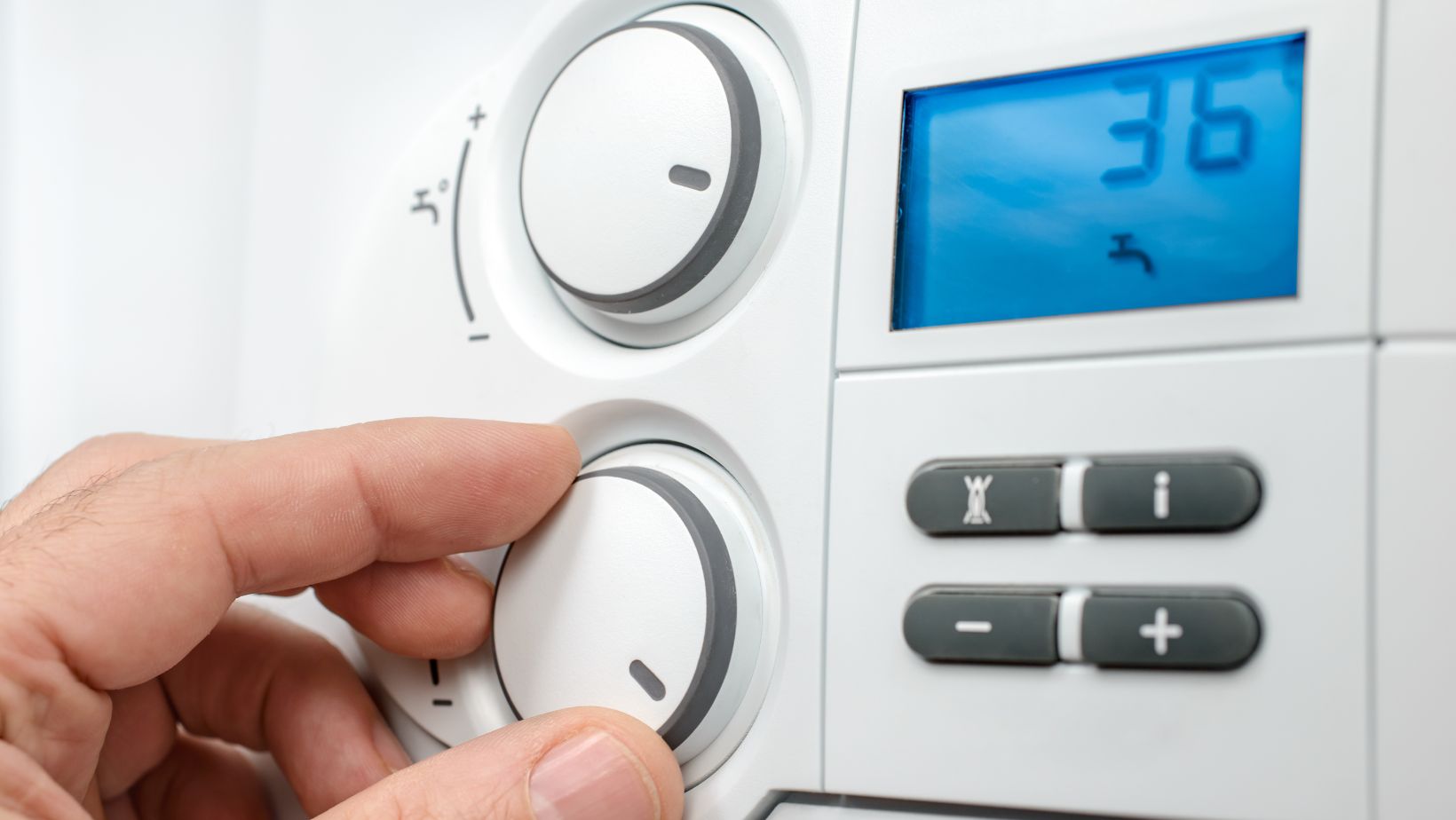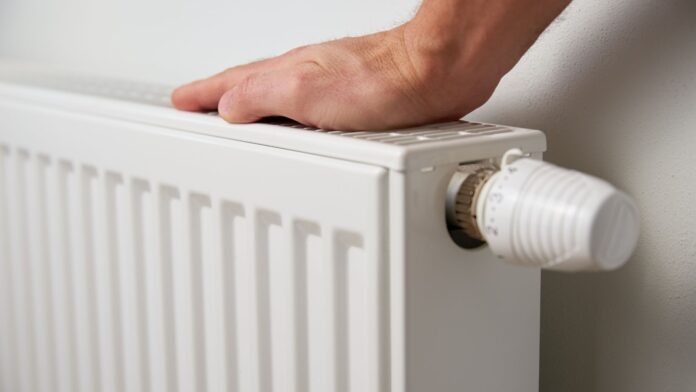When do you Turn the Heat on for the Winter
When do you turn the heat on for the winter? It’s a question many homeowners grapple with as the temperatures start to drop. Finding the right balance between comfort and cost savings can be a challenge. In this article, I’ll provide some insights on when it’s best to turn on your heating system to save money on your heating bill.
As an expert in energy efficiency, I recommend waiting until you truly need the heat before turning it on. This means taking advantage of natural sources of warmth during the early days of fall. Opening curtains during sunny hours allows sunlight to naturally warm up your home. Additionally, using blankets and cozy clothing can help you stay comfortable without relying solely on heating.
However, once outdoor temperatures become consistently chilly and uncomfortable, it’s time to consider turning on the heat. Setting your thermostat at a lower temperature during daytime hours when you’re not home or at night while sleeping can further reduce costs without sacrificing comfort. By finding the right balance and being mindful of energy usage, you can effectively save money on your heating bill throughout the winter season.
Remember, every household is unique and personal preferences vary. Experimenting with different strategies will help you find what works best for you in terms of both comfort and cost savings. So don’t hesitate to adjust your thermostat settings accordingly as winter approaches!

Determining the Right Time to Turn on the Heat
When it comes to turning on the heat for the winter, finding the right time can be a bit perplexing. You want to stay warm and cozy without breaking the bank on your heating bill. Here are some factors to consider when determining when to fire up that furnace:
- Weather Patterns: Keep an eye on the weather forecast as temperatures start dropping. If you notice consistently chilly days and nights, it may be a good indicator that it’s time to turn on the heat.
- Indoor Comfort: Pay attention to how comfortable you feel inside your home. If you find yourself reaching for extra layers or blankets despite wearing warm clothing, it might be a sign that it’s time to give your heating system some attention.
- Energy Efficiency: Saving money while staying warm is a priority for many homeowners. Consider investing in smart thermostats or programmable timers that allow you to set temperature schedules based on your lifestyle and occupancy patterns.
- Cost Analysis: Take into account your heating bill from previous winters and analyze trends in energy usage during different months. This will help you determine an optimal starting point for turning on the heat while keeping costs under control.
- Insulation Quality: The insulation in your home plays a crucial role in retaining warmth during colder months. Ensure that windows and doors are properly sealed, and consider adding insulation if necessary before relying heavily on your heating system.
Remember, there isn’t a one-size-fits-all answer for when to turn on the heat during winter months. It ultimately depends on individual preferences, climate conditions, and budget considerations. By carefully considering these factors, you’ll be able to strike a balance between comfort and cost-effectiveness while keeping those winter chills at bay.
When it comes to saving money on your heating bill during the winter, timing is everything. Knowing when to turn the heat on can make a significant difference in your energy consumption and ultimately, your wallet. So, let’s explore some tips for finding that sweet spot and keeping your heating costs down.
- Embrace Layering: Before cranking up the heat, consider layering up with cozy sweaters, blankets, and thermal socks. By bundling up, you can keep yourself warm without relying solely on your heating system. This allows you to delay turning on the heat until it’s truly necessary.
- Optimize Natural Sunlight: Take advantage of natural sunlight as a free source of warmth during daylight hours. Keep curtains or blinds open during sunny days to let in as much sunlight as possible. This natural heat can help raise the temperature indoors without using any electricity or gas.
- Adjust Your Thermostat Wisely: When you do decide to turn on the heat, be mindful of the temperature settings. Lowering your thermostat by just a few degrees can result in substantial energy savings over time. Consider setting it around 68°F (20°C) during daytime hours and lower at night when you’re tucked under warm covers.
- Utilize Programmable Thermostats: Investing in a programmable thermostat is an excellent way to save money while ensuring comfort throughout the day and night. These devices allow you to schedule temperature adjustments based on when you’ll be home or asleep, preventing unnecessary heating when no one’s around.
- Seal Air Leaks: Drafty windows and doors can significantly impact indoor temperatures by letting cold air seep into your home while allowing warm air to escape—resulting in higher energy usage and costs. Seal any gaps or cracks with weatherstripping or caulking to prevent these unwanted drafts.


